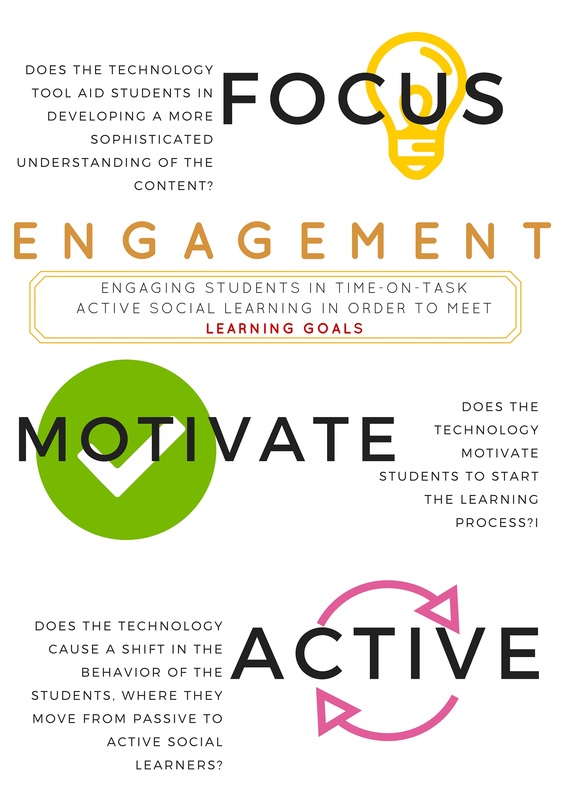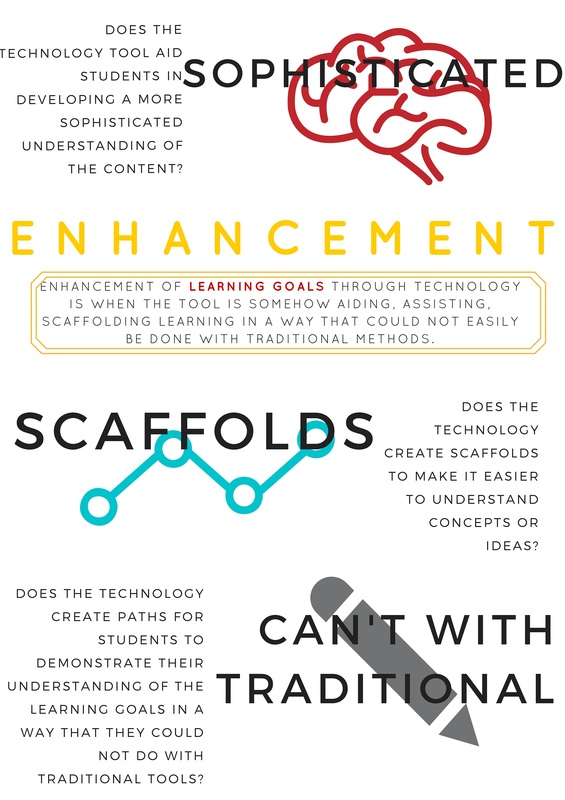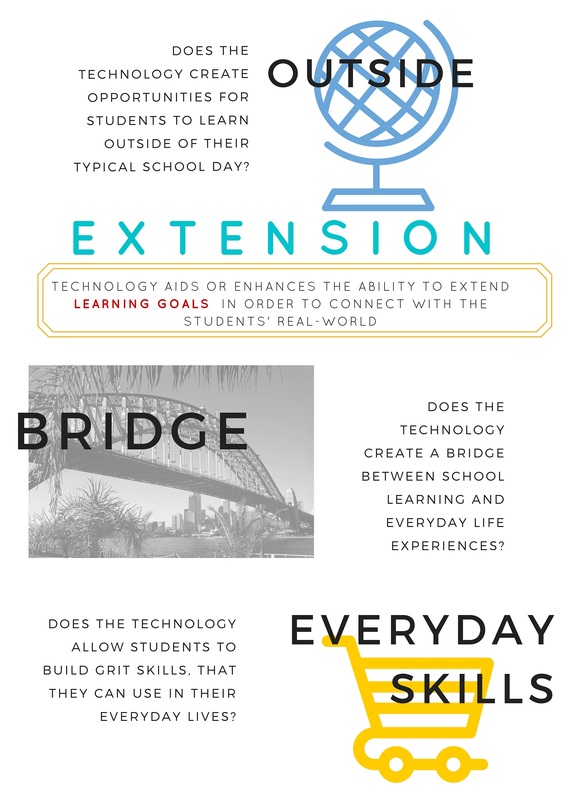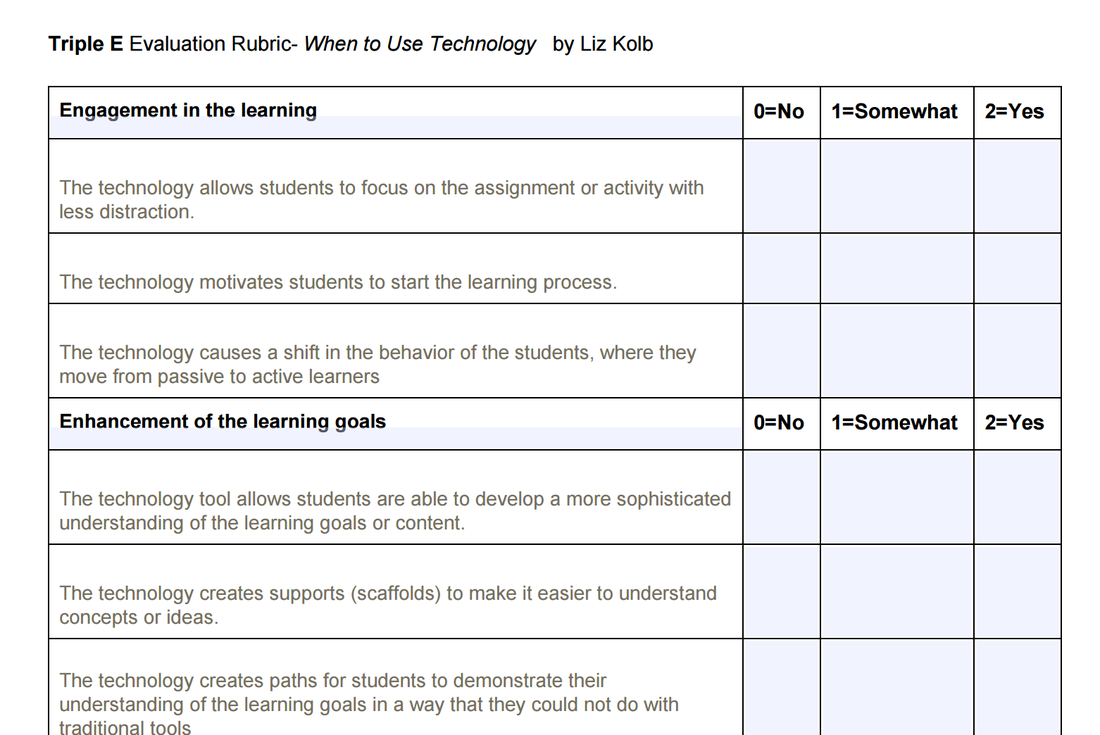EDU 807 Master - Week 2 - Triple E Framework
0 General Document comments
0 Sentence and Paragraph comments
0 Image and Video comments
Triple E Framework
About the Triple E Framework
Created by Dr. Liz Kolb, University of Michigan
http://www.tripleeframework.com/
|
What is the Triple E? The Triple E Framework attempts to define what it should look like, sound like and feel like to integrate technology tools into teaching in order to meet and exceed learning goals. The framework is based on three levels, Engagement in learning goals, Enhancementof learning goals, and Extension of learning goals. While these terms are often used interchangeably, they are distinct and different. The Triple E Framework defines each term and show examples of what makes each one unique and measurable.
The Triple E Framework is based on a considerable amount of research about what works and does not work when it comes to technology in learning. In particular it emphasizes...
Read more about the research and links here
The Triple E Framework was developed in 2011 by Professor Liz Kolb at the University of Michigan, School of Education. The Triple E was created to fill a gap that has been pervasive in educational technologies---How to effectively integrate technology tools in K-12 learning so they have a positive impact on student achievement and learning outcomes.
WHY Triple E? The research on technology and learning over the past decade is fairly clear, technology should be integrated based on what we already know about good teaching and pedagogical practices. Dating back to the late 19th century, the foundation of current teaching practices is based on the work of pragmatism. Pragmatists like John Dewey (1897) pushed for learning to be embedded in the student's authentic everyday lives, socially constructed knowledge, active/hands-on learning and full of choice. Since the early 1990s Research has found that educational technology with a "drill and practice" approach often has no effects on learning or cognition. Yet, most technology tools created for education are still drill and practice and in the lower-order of Blooms Taxonomy.
Despite media often claiming a new piece of technology as a way to "revolutionize" learning, that is almost never the case. The Triple E framework takes this fallacy of technology as the magic bullet learning into account, and allows teachers to become critical consumers of making mindful choices around technology tools in their teaching. It is a simple framework, based on research, that helps educators create lessons that allow students to use technology to meet and add value to learning goals as active, social, creative learners, in authentic ways.
How Triple E is Different than other Tech Integration Models
Triple E Level 1: Engaged Learning
|
General Document Comments 0





For this week, please look for a segment in each text where you can reply to the following:
What does this framework for using technology in education assume about teachers and teaching?
What does this framework for using technology in education assume about students and learning?
Please offer at least one comment related to the assumptions about teaching, as well as at least one comment on each document related to the assumptions about learning (2 initial comments). Then, please reply to at least two different classmates on one of their comments (2 responses).










0 archived comments